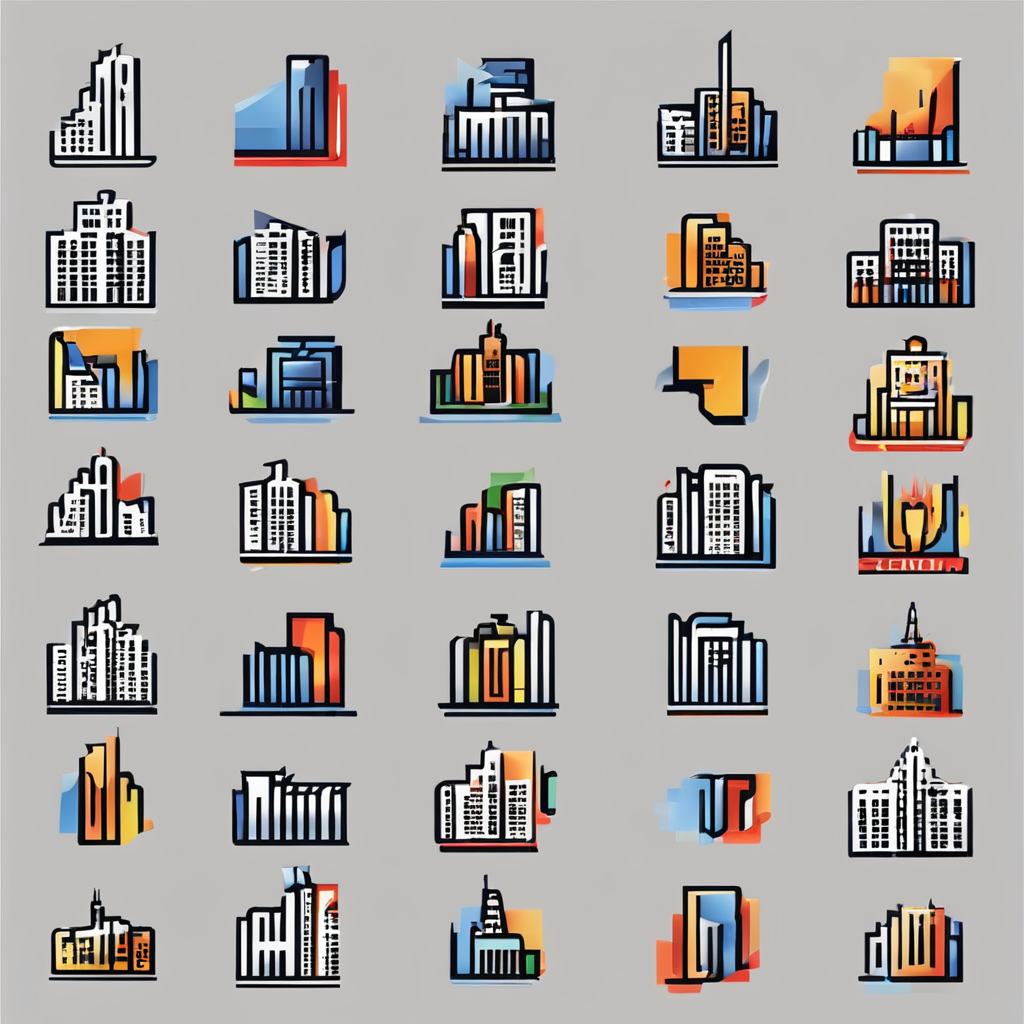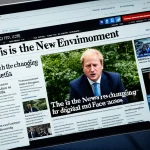Recent Technological Innovations in UK Transportation
Recent advancements in UK transport technology are reshaping how people and goods move across cities and regions. A standout development is the wide deployment of smart transport systems (STS), particularly in major urban areas. These systems use data-driven approaches to manage traffic flow dynamically, reducing congestion and improving journey times. For example, intelligent traffic signals adjust in real-time to traffic volume, minimizing delays and enhancing road safety. Additionally, integrated communication between vehicles and infrastructure forms a core aspect of smart transport, enabling smoother coordination across networks.
Public mobility has also significantly benefited from advances in recent UK transportation innovations. Modern traveller apps now offer multimodal journey planning, live updates, and seamless ticket purchasing. These functions empower users with greater control over their trips and help optimize transport usage patterns. Moreover, real-time crowding and disruption alerts improve passengers’ ability to choose the best travel options on the spot. Such digital tools support a shift towards more efficient, user-centered urban mobility.
Also read : How is UK Technology Shaping the Future of Global Innovation?
The widespread adoption and growth of electric vehicles across the UK represent another pillar of innovation in transport technology. Growing consumer appeal combined with government incentives has accelerated EV usage, driving advancements in battery technology and charging infrastructure. Smart charging stations now often communicate with the grid to balance energy demand efficiently. This evolution complements broader sustainability goals while showcasing the UK’s commitment to future-ready transportation. Together, these innovations highlight a vibrant and continuously evolving transport landscape focused on connectivity, convenience, and environmental responsibility.
Infrastructure Upgrades Transforming Efficiency and Safety
Upgrades to UK transportation infrastructure are crucial in enhancing both efficiency and safety across the network. A major focus has been on revitalising rail systems, with significant investments in high-speed rail projects such as HS2. These rail upgrades aim to increase capacity, reduce travel times, and improve connectivity between regions, supporting economic growth. The emphasis on modernising rail networks demonstrates the government’s commitment to building a more reliable and faster transport system.
This might interest you : What are the Impacts of UK Tech Growth on Global Markets?
Beyond rail, the deployment of smart roads featuring digital signage and sensor-based traffic management is transforming road travel. These technologies provide drivers with real-time information on traffic conditions, hazards, and alternative routes. By integrating such intelligent infrastructure, cities can reduce congestion and improve safety outcomes. Dynamic digital displays adapt to changing road conditions, alerting drivers promptly and helping to prevent accidents.
Transport for London (TfL) has been instrumental in leading national transport safety improvements. Its initiatives include enhanced monitoring systems, better pedestrian crossings, and stricter enforcement of traffic regulations. These measures have been adopted as models for other areas, reflecting a nationwide drive to make transport safer while maintaining efficiency. Collectively, government initiatives in infrastructure upgrades are reshaping the UK’s transport landscape to be smarter, safer, and more sustainable.
Recent Technological Innovations in UK Transportation
Advancements in UK transport technology have increasingly centered on the deployment of smart transport systems (STS) across major cities. These systems incorporate intelligent traffic management solutions that monitor and adapt traffic flow using real-time data. For instance, sensor networks and adaptive traffic signals work together to reduce congestion hotspots by dynamically adjusting signal timings based on current vehicle volumes. This smart traffic management approach enhances road efficiency while lowering emissions by minimizing idle times.
Alongside infrastructure innovations, the rise of recent UK transportation innovations in digital public mobility tools has transformed how travellers plan and execute journeys. Modern mobility apps now integrate live updates, ticket purchasing, and multimodal routing options into intuitive platforms. Users benefit from real-time disruption alerts and crowding information, allowing them to choose less crowded or faster options during their trip. These advances contribute significantly to improving the overall transport user experience, making public transport more attractive and accessible.
A further critical facet of innovations is the adoption and growth of electric vehicles across the UK. The surge in EV ownership has driven complementary improvements in charging infrastructure, where smart charging systems communicate with the national grid to optimize demand. This synergy not only supports environmental goals but also enables seamless user experiences for EV owners. Concurrently, electric buses and commercial fleet conversions are part of this transition, enhancing sustainable urban mobility. Together, these elements position the UK at the forefront of leveraging technology for cleaner, smarter transport solutions.
Recent Technological Innovations in UK Transportation
Smart transport systems are at the core of recent UK transport technology, radically improving urban mobility by integrating advanced data analytics and connectivity. These smart transport systems involve deploying sensor networks and adaptive traffic management solutions that respond instantly to changing road conditions. For example, intelligent traffic signals adjust timings based on real-time vehicle flow, substantially mitigating congestion and cutting travel delays. The precision of these systems arises from continuous data collection and machine learning algorithms, enabling them to optimize traffic movements dynamically across dense city networks.
Public mobility apps have also evolved alongside these smart transport systems, becoming essential tools for travellers in the UK. These applications provide comprehensive, real-time journey information, including multimodal routing options that combine buses, trains, and cycling to tailor travel plans. Users benefit from live updates on delays, service disruptions, and crowding levels, which empower them to make informed decisions and improve their transport user experience. The recent UK transportation innovations in app design stress usability and integration, allowing seamless ticket purchase and contactless payments directly within the app, thus reducing barriers to public transport use.
The adoption and growth of electric vehicles across the UK have transformed not only personal transport but also public and commercial fleets. Advances in battery efficiency and the expansion of smart charging infrastructure enable electric vehicles to operate with greater range and convenience. These smart transport systems often include vehicle-to-grid communication, optimizing energy use and grid stability while supporting sustainable mobility goals. The recent UK transportation innovations also highlight government incentives and private sector investments that have accelerated EV uptake, fostering a cleaner transport ecosystem. Collectively, these innovations reflect a coordinated effort to modernize transport with technology that supports efficiency, sustainability, and enhanced user accessibility.
Recent Technological Innovations in UK Transportation
Recent UK transportation innovations prominently feature the widespread deployment of smart transport systems across major urban centres. These systems harness advanced sensor networks and real-time data analytics to enable smart traffic management solutions that dynamically modulate traffic signals, easing congestion and improving flow. The integration of Intelligent Transport Systems (ITS) allows for more responsive control, adjusting to fluctuating traffic volumes instantly. This results in lowered vehicle emissions and better journey times, marking a clear technological leap in UK transport technology.
Complementing these infrastructure-focused advancements, public mobility apps have undergone significant improvements. Today’s applications deliver a seamless user experience by combining live travel updates, real-time disruption alerts, and multimodal journey planning—all within a single platform. The ability to purchase tickets, access crowding information, and receive personalized route suggestions contributes directly to elevating the transport user experience in the UK. By incorporating these features, recent UK transportation innovations make public transit more attractive and accessible, encouraging a shift away from private car use.
The rapid adoption and growth of electric vehicles across the UK further illustrate the transformational impacts of modern transport technologies. Supported by expanding smart charging infrastructure, electric vehicles benefit from vehicle-grid communication that optimizes energy demand and improves battery management. Government incentives and private investment have accelerated EV uptake, extending beyond personal cars to include electric buses and commercial fleets. These developments underpin the UK’s commitment to sustainability while driving innovation in transport technology and infrastructure simultaneously.







